About STREP
STREP is a European innovation initiative dedicated to improving textile circularity through automation, intelligent systems, and sustainable chemical recycling. By integrating cutting-edge technologies, from automated accessory removal to advanced enzymatic recycling, STREP enables full-fibre recovery, smart sorting, and real-time traceability. These solutions are aligned with the European Green Deal, the EU Textile Strategy, and 2030 sustainability targets.
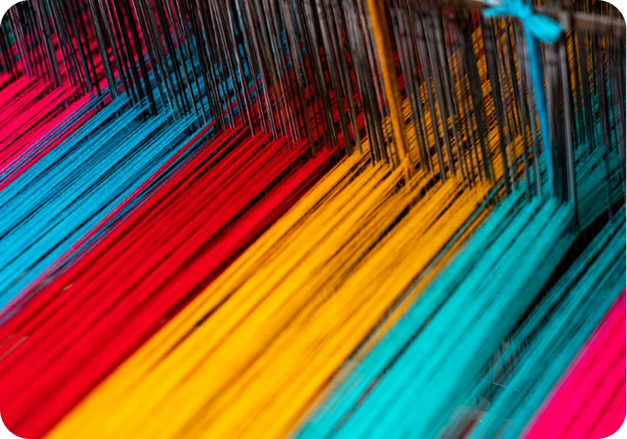
Why Textile
Circularity Matters
The fashion and textile industry generates significant waste. STREP addresses this challenge by building technologies that recover more material with less manual labor and environmental impact.
Reduce
textile waste and emissions
Improve
recycling outcomes and circularity
Enable
traceability and scalable reuse

Meet Recylo, the chameleon, our colorful mascot for change
Smart, adaptable, and full of energy, Recylo embodies the spirit of the STREP Project, using innovation and circular thinking to give textiles a new life.
From Waste to Worth
The STREP team speaks out

Nish P.
Co-founder, KAPDAA
“As part of the STREP project, my role at Kapdaa focuses on addressing one of the toughest challenges in textile recycling- removing anomalies from post-consumer garments without damaging the fibres. For me, being part of this initiative is both professionally exciting and personally meaningful. It brings together leading expertise across Europe to tackle the urgent issue of garment waste, and it gives us the opportunity to contribute our knowledge and innovations towards building scalable, sustainable solutions. I’m proud to play a role in shaping how the industry can transition towards true circularity.”
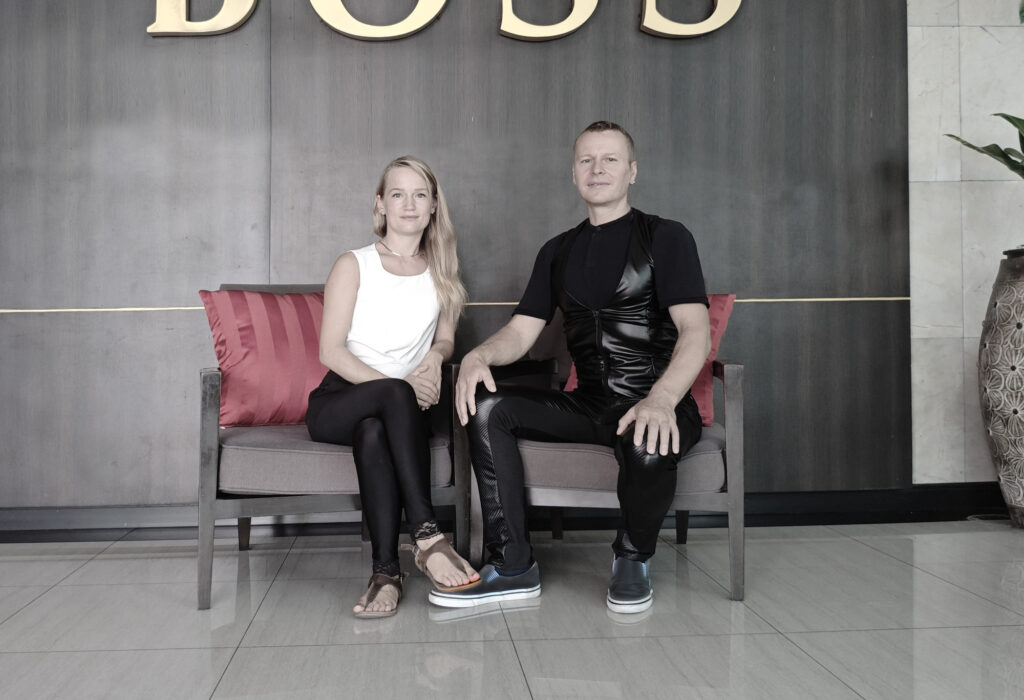
Jörn Wonneberger & Claudia Wonneberger
CEO/Holder & Company Management/Creative Manager, WONNEBERGER MANUFAKTUR
“We are a traditional sewing company. In the project, we are responsible for the sewing part of the prototype and demonstrator implementation. The project means a lot to us personally, as both clothing and cutting waste have been a major problem in the textile industry for years, and most of the valuable resources end up in incinerators. STREP will take a big step toward counteracting this.”
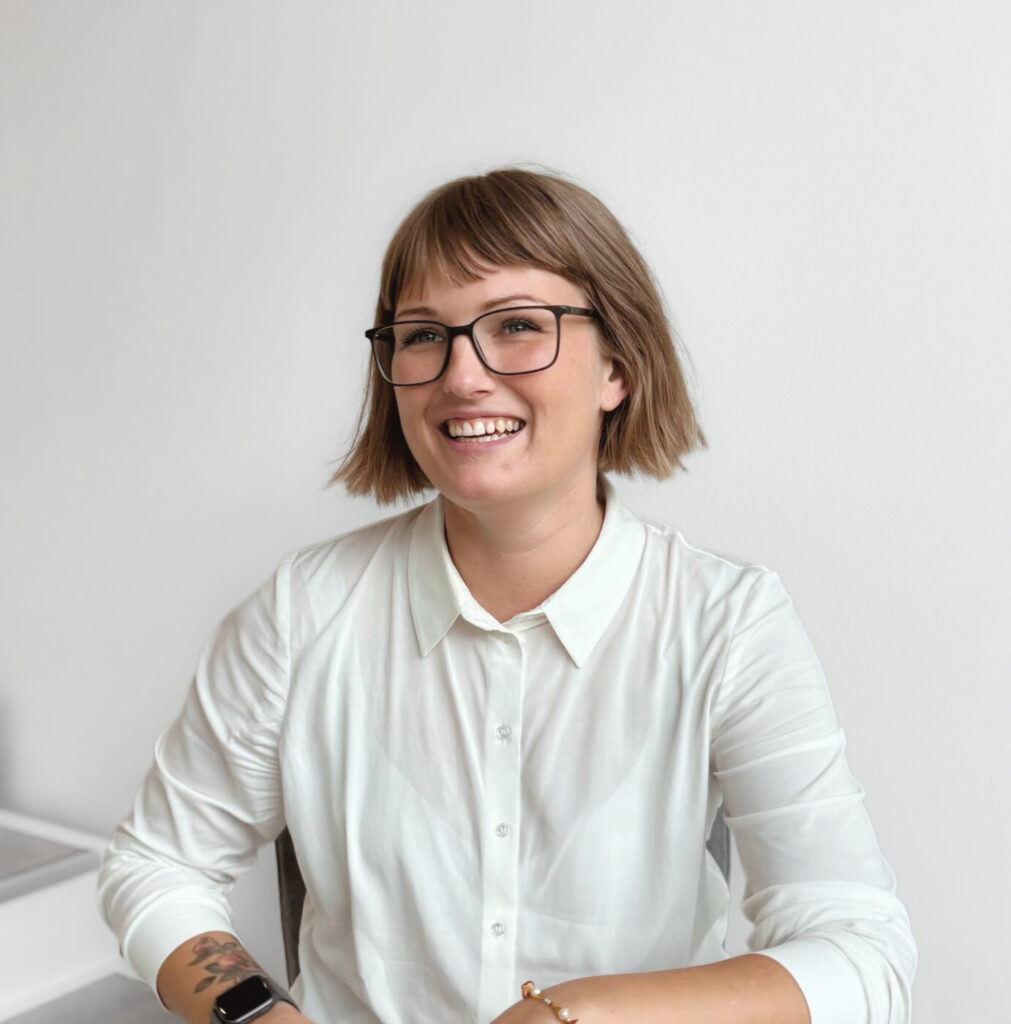
Ditte Højland
CEO & Founder, Textile Change
“As CEO of Textile Change, I see our role in STREP as part of a bigger puzzle – bringing together several breakthrough technologies and making them stronger together. For us, the project is a chance to link our recycling process with complementary innovations and create impact that none of us could achieve alone. Personally, I enjoy the spirit of collaboration in STREP, where every partner pushes the others to think about the big picture and help each other maximize the benefits of our technologies.”
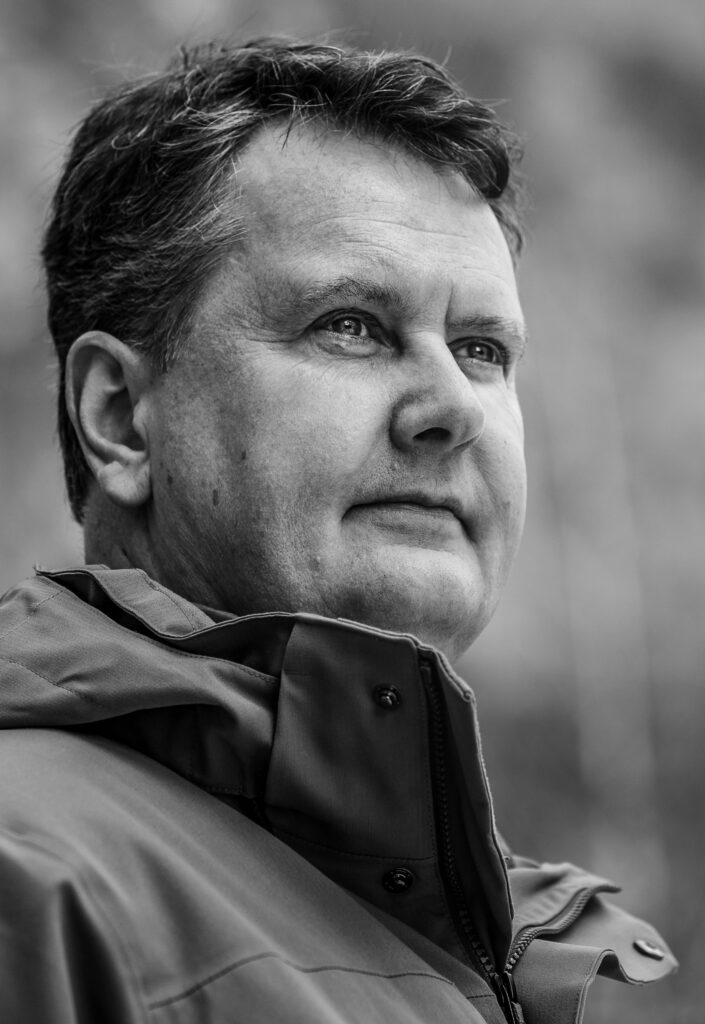
Josse Kunst
Co-CEO, Textile4Ever and CCO in CuRe Technology
“For all of us at Textile4Ever (and/or CuRe Technology) the project STREP is a crucial project to establish a working ecosystem of textile to textile recycling in Europe, bringing together the best possible combination of digitisation, AI, sorting technologies, textile preprocessing through mechanical and chemical means as well as chemical recycling. We are proud and excited to bring this highly needed material transition to reality.”
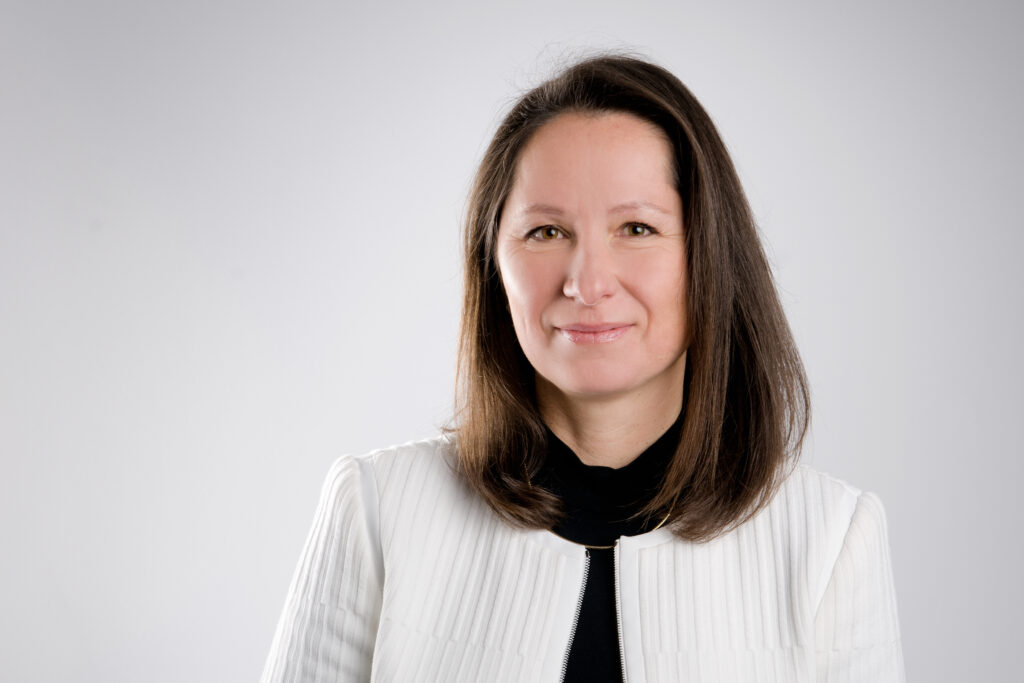
Katerina Rose
Professor for Clothing Manufacturing and CAD Systems, Reutlingen University
“As a clothing technician, I feel a deep responsibility to ensure that the garments I help create are not destined to be discarded unworn. For me, clothing is more than just a product – it should accompany us in our everyday lives, add value, and exist within a sustainable, circular system. The STREP project gives me the unique opportunity to take a closer look at this cycle, to question established processes, and to explore new ways of designing and producing clothing that respects both people and the planet. By adapting and improving the system, we can reduce waste, conserve resources, and ultimately make fashion a part of the solution rather than part of the problem. I am motivated by the vision that clothing should not only serve its purpose but also contribute to a more responsible and future-oriented industry.”
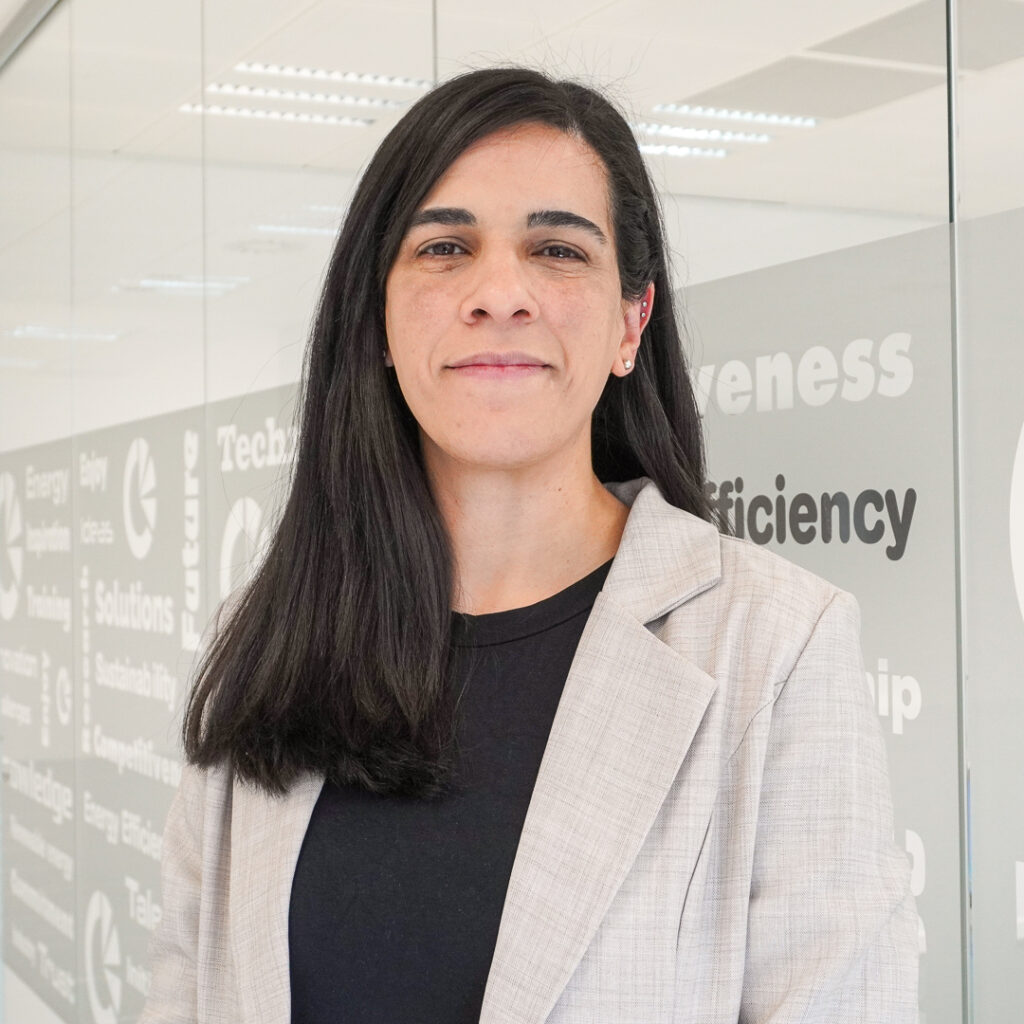
Cecilia Chaine Escobar
Project Manager, CIRCE Research Centre
“I am part of the STREP project as a task leader working on the recycling of waste cotton textiles (WCT) through hydrothermal liquefaction (HTL), with the aim of recovering biochar and bio-oil. This project offers me a valuable opportunity to continue advancing the development of innovative technologies for the management of a waste stream that urgently requires sustainable solutions. Through STREP, we actively contribute to this mission by bringing our knowledge and expertise to drive meaningful progress in the valorization of these materials.”
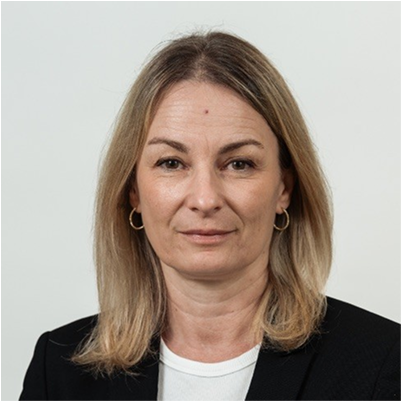
Iskra Dukovska-Popovska
Project Coordinator, Aalborg University
“Changing people’s attitudes towards overconsumption of textiles will take time, but it is inspiring to see and collaborate with innovative minds making progress every day in fiber-to-fiber recycling of post-consumer textile waste.
By keeping materials in the loop, we are moving closer to a truly circular system. There is still work ahead to scale and optimize these recycling processes and related processes for efficiency, effectiveness, and environmental sustainability – and this is exactly where Aalborg University’s partners play a vital role. At AAU, cross-disciplinary collaboration and solving real-life societal challenges are at the heart of our mission.”
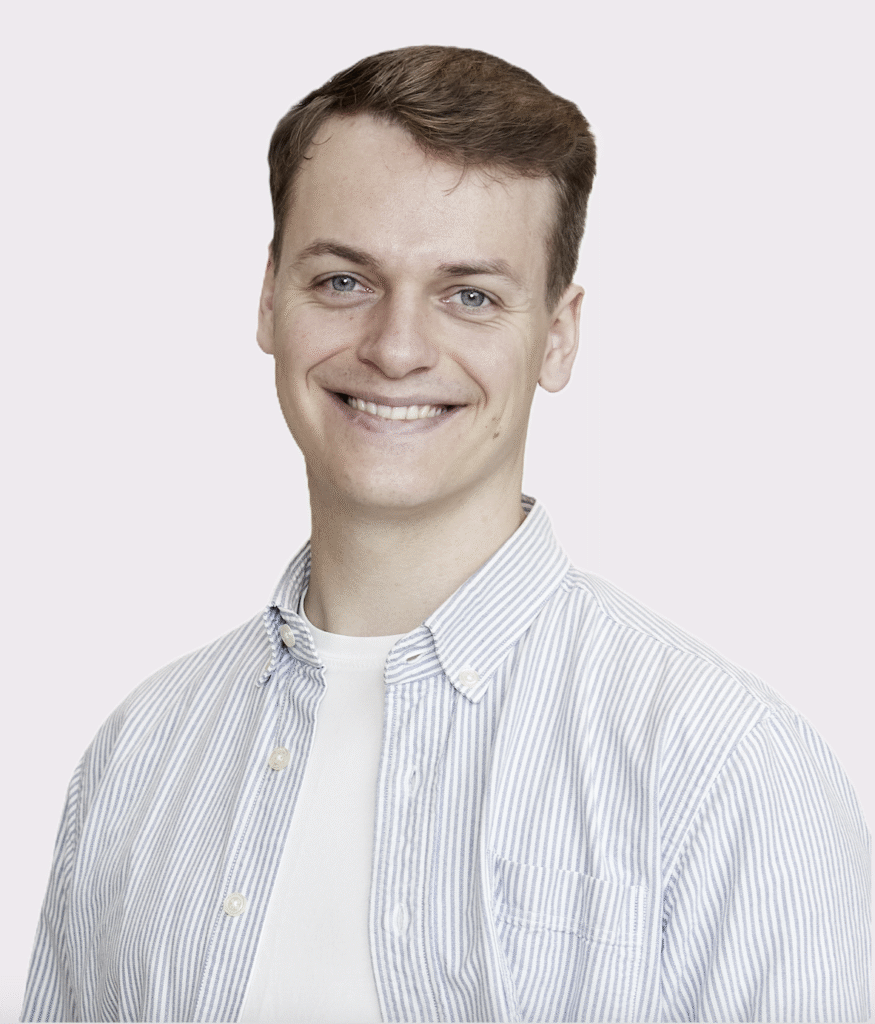
Andreas Lehmann Enevoldsen
Production Development Engineer, NewRetex
“My role is to develop better sorting solutions, such that waste textiles can be recycled in the most optimal way. Being a part of STREP and working so closely with experts in other areas is both exciting a giving. I look forward to see our efforts pave the way for the textile value chains of tomorrow.”
